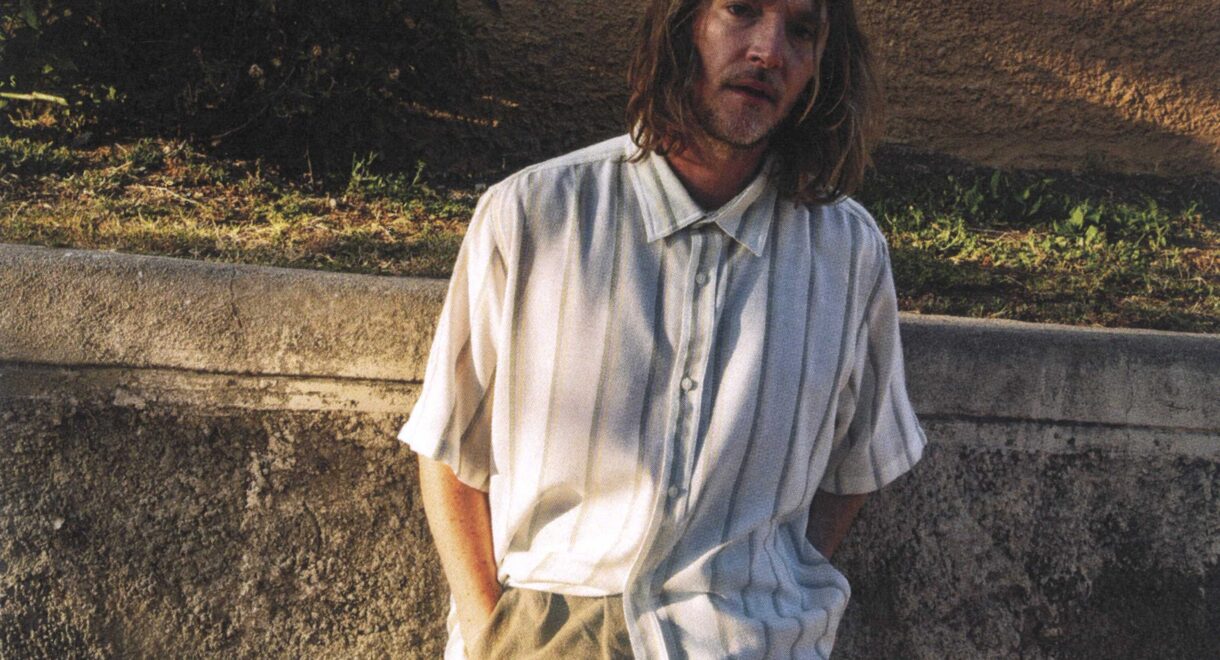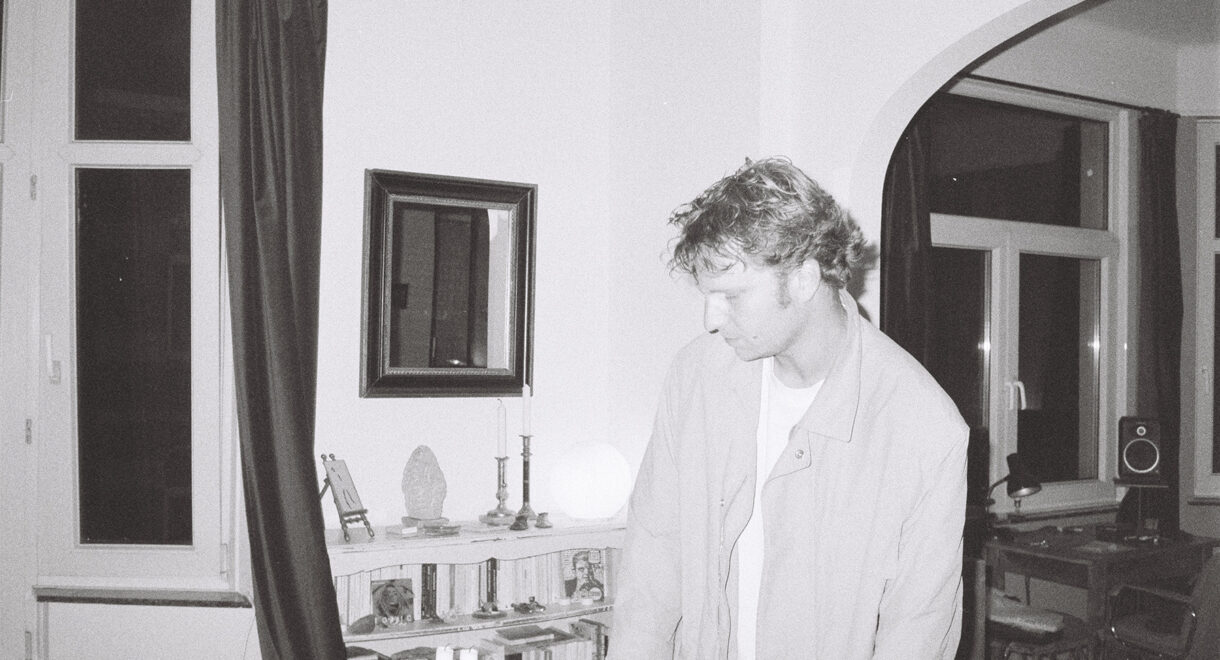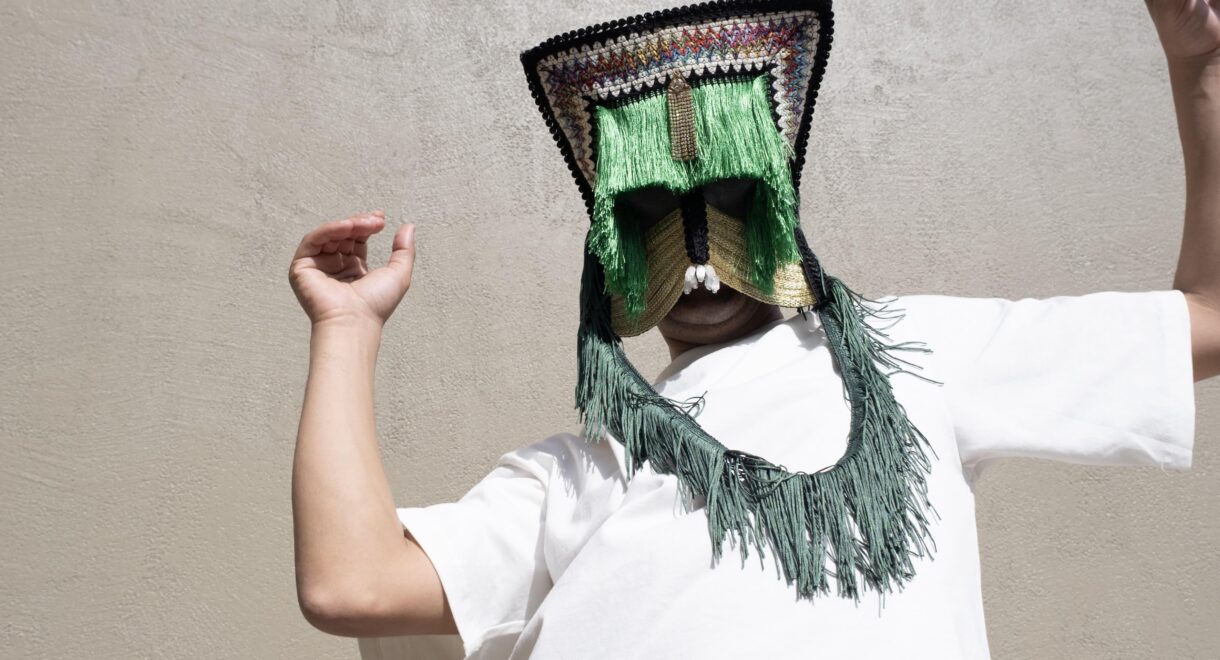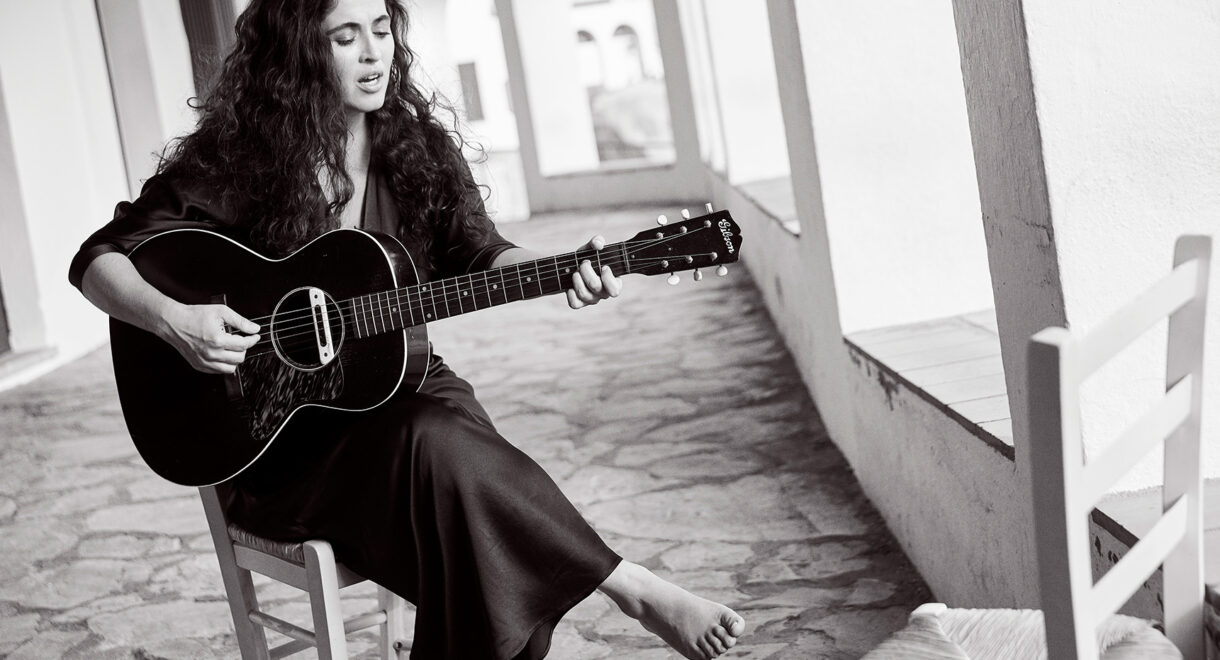From Louisiana to Los Angeles to ‘Sensitive Devil,’ these are some songs that have stayed close. Crash Richard has lived a few musical lives by now. Some people […]
5 Selects: Westerman shares recordings that influenced A Jackal’s Wedding

Westerman shares influential recordings from Kali Malone, Philip Glass, Nick Cave in anticipation for his upcoming album out November 7th.
British singer-songwriter Will Westerman has been on our radar since 2018 when he released a pair of brilliant electronic pop singles “Confirmation” and “Easy Money” produced by Deek Recordings’ Bullion. Inspired by the intricate storytelling of folk heroes like Nick Drake and Neil Young, Westerman’s early releases touched on a sweet spot of sophisticated songwriting and avant-pop production, not far from the works of The Blue Nile or Arthur Russell. Of course, here at In Sheep’s Clothing we became immediate fans and have been following along ever since…
Westerman’s latest album A Jackal’s Wedding explores a more textural sound world for the now Milan-based artist’s deft songwriting to inhabit. Recorded at the Old Carpet Factory, a 17th century mansion on the Greek island of Hydra that’s been converted into an arts space and studio, with producer Marta Salogni (Björk, The xx, Sampha, English Teacher), the album delivers a sort of dream-like flux state, filled with woozy synths, distorted guitars, and cathedral-sized reverb, that captures the sometimes surreal and otherworldly beauty of life’s constant and inevitable motion.
From the album notes: “Somewhere on the road in Minnesota, Will Westerman saw something that shouldn’t exist. ‘There was a break in a thunderstorm and sun shining through it,’ he recalls with measured awe. “It seemed impossible.” A sunshower is a peculiar phenomenon, captivating people long enough for there to be an array of folkloric associations with the surreal beauty of its implausible contrast. From Asia to Africa, it’s been described as a ‘wedding’ for a trickster animal — a fox, a monkey, a jackal. Suddenly, Westerman had a name for the music he was working on, material as otherworldly as the strange games our sun plays on us. His third album, A Jackal’s Wedding, became a document of leaving and arriving, ongoing transformation, the liminal spaces between shadows and the lights that cast them.”
A Jackal’s Wedding will be out November 7th on Partisan Records. Pre-Order of the album is available now. As part of our global listening bar network, In Sheep’s Clothing will be presenting a series of pre-listening events of A Jackal’s Wedding at Mr. Melo (NYC), In Sheep’s Clothing HQ (Los Angeles), Fidelity Studio (Dublin), Spiritland (London), and Onda (Milan). RSVP for the listening sessions here.
In anticipation of the album’s release, Westerman shared 5 recordings which influenced A Jackal’s Wedding.
Mike Oldfield – In High Places (1983)
“This is a song which fuses a lot of elements that I like in music. It’s music that brings you outside of yourself, it’s off kilter, it’s strange and it’s somehow detached while still aching. The imperfection of the synths at the beginning allow the track to breathe in a way which routes in the organic despite have the outward aesthetic of technology. An amazing song.”
Kali Malone – The Sacrificial Code (2019)
I got sent this record while in isolation over the winter of 2020. One of the most powerful experiences I’ve had listening to music. I listened to it first thing in the morning in the snow, it presented initially as something like a minimal requiem, but as the notes begin to envelope one another it feels far removed from death and more like a reminder to keep breathing. It’s very much of the ground despite having the texture of something aerial. The entry and exit to A Jackal’s Wedding are in debt to this piece of music.
The Philip Glass Ensemble – Etoile Polaire (2006)
“When speaking about the aesthetic properties I wanted to put forward on the record, I explained to Marta how the title would act as a blueprint with regards to pushing contrast both within each song and over the record as a whole. In that pursuit, there are bursts here and there of dense vocal harmony. This piece by Philip Glass reminded me some years ago that choral singing is extremely powerful. The stereotypical repetition is also something I tried to explore on this most recent record.”
Robert Wyatt – Little Red Riding Hood Hit The Road (1974)
“I find this entire record a reference and a benchmark for the ultimate prevalence of the creative spirit in the face of our physical limits. The amount of love permeating this piece of music is staggering, against unimaginable odds. The second version of Little Red Riding Hood Hit The Road has seeped into many of the corners. The whole album is a gift.”
Nick Cave and the Bad Seeds – The Boatman’s Call (1997)
“This Nick Cave record in many ways began the evolution towards the messianic figure now presented. However, during this period there was still palpable humour to be found. Some of the best songwriting of a career is in this record which has become a symbol of redemption. I tried to write a lot of this record on keys, the lack of adornment on The Boatman’s Call made it a good benchmark in that regard. Music and Religion come from a similar place, but the doubling up here doesn’t feel cloying, probably due to the defeat so audibly present in Cave’s voice.”










